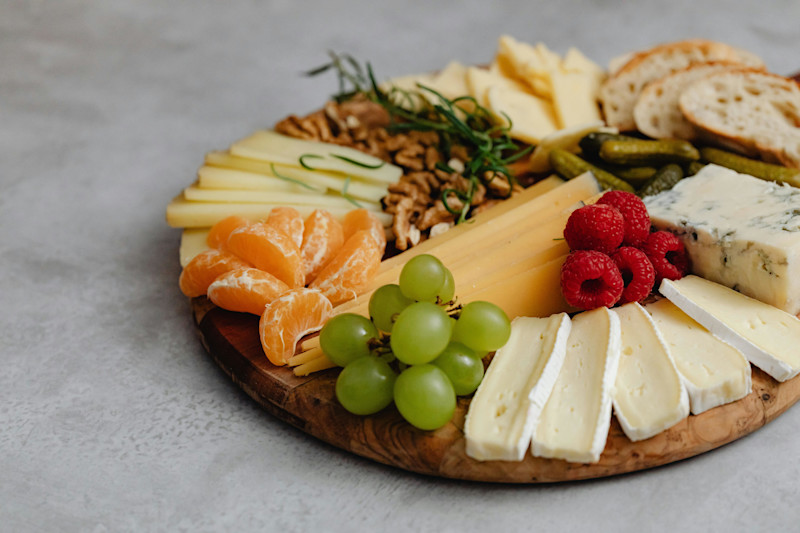
Grab your favourite wedge and embark on a mouthwatering journey through creamy, tangy, and utterly irresistible cheeses from around the globe that showcase just how delicious dairy can truly be
*Warning: it’s about to get cheesy*
Creamy, crumbly, stretchy, or firm, cheese is a versatile ingredient that has captured the hearts of foodies for centuries. It’s the ultimate crowd-pleaser - perfect for jazzing up recipes, dazzling on a charcuterie board alongside fruits, nuts, and meats, or simply being devoured with crackers or bread. Honestly, just thinking about it has our mouths watering.
In recognition of International Cheese Day, which just took place on March 27th, join us as we slice into the rich history of cheese and explore some of the world’s most iconic and delicious varieties.
How is Cheese Made?
Cheese-making is like turning milk into magic through a simple but fascinating process. It starts with milk - usually from a cow, goat, or sheep - which gets treated with something acidic like vinegar or a special enzyme called rennet. This makes the milk separate into curds (the solid bits) and whey (the liquid).
The curds are then scooped up, pressed together, and shaped into a block or wheel, squeezing out most of the whey. Depending on the type of cheese, the curds might also get salted, flavoured, or even cooked a bit to help them firm up. After that, the cheese either goes straight to your plate - like fresh mozzarella or ricotta - or ages for weeks, months, or even years to enhance the flavour and texture.
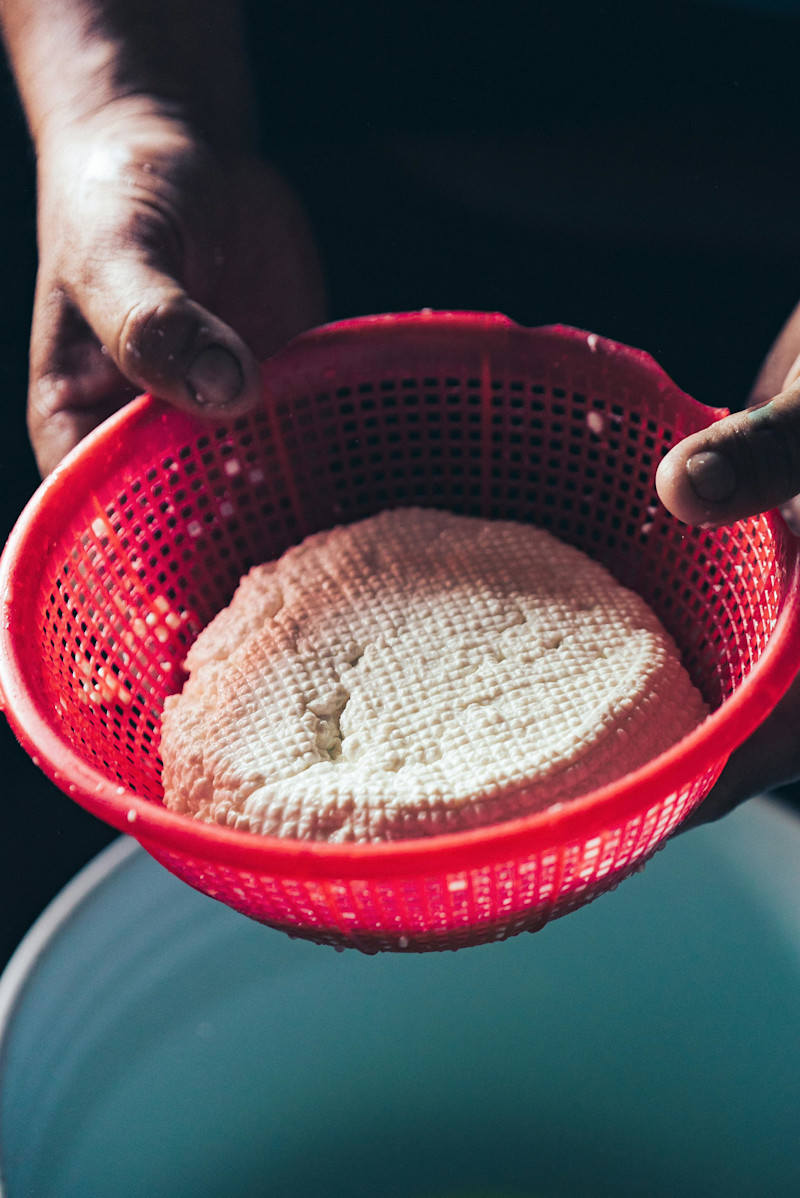
The Origins of Cheese
Humans have been enjoying cheese for thousands of years, likely as far back as 8,000 to 10,000 years ago, when people started herding animals. Many believe the earliest form of cheese was a happy accident, created when milk stored in an animal’s stomach curdled from the rennet, an enzyme present in the stomach lining – gross, but genius.
The first solid evidence of cheesemaking comes from Egyptian tomb art dating back 4,000 years. Cheese even made appearances in Greek mythology and Sumerian records, showing just how deeply it was woven into ancient cultures.
Leave it to the Romans though to take cheese to the next level, mass-producing it and creating hundreds of varieties. As Roman soldiers marched across Europe, they brought their cheesemaking expertise with them, blending it with local traditions, which laid the foundation for many of the iconic cheeses we know and love today.
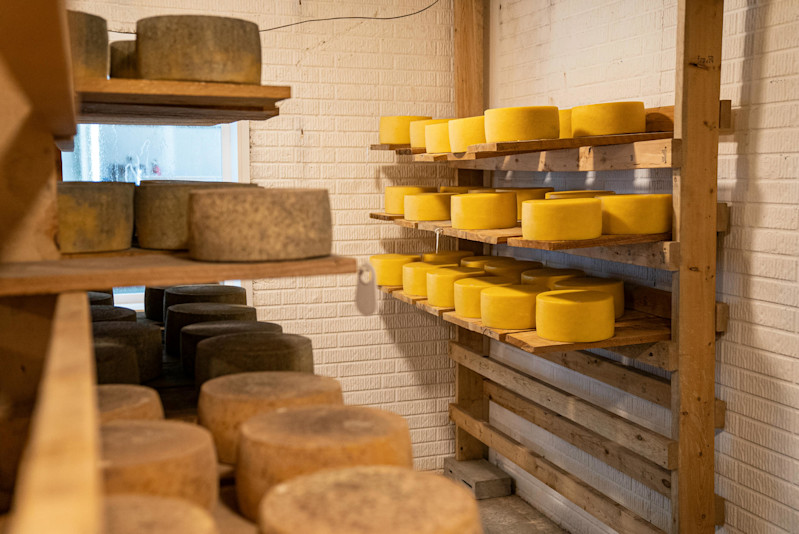
Cheeses of the World
Around the world, cheese has become a kitchen staple with each country putting its own twist on this creamy creation. France is undoubtedly the destination of choice for cheese lovers, home to over 400 varieties of cheese including classics such as creamy Brie, tangy Roquefort, and nutty Comté.
Neighbouring country Switzerland is also a paradise for turophiles, renowned for its top-quality hard cheeses. Gruyère, one of the most famous Swiss cheeses, is recognisable by its firm texture and fruity, slightly salty taste. Another honourable mention is The Netherlands, home to Gouda, a versatile cheese with flavours that range from creamy to nutty, and Edam, known for its red rind and delicate, slightly salty taste.
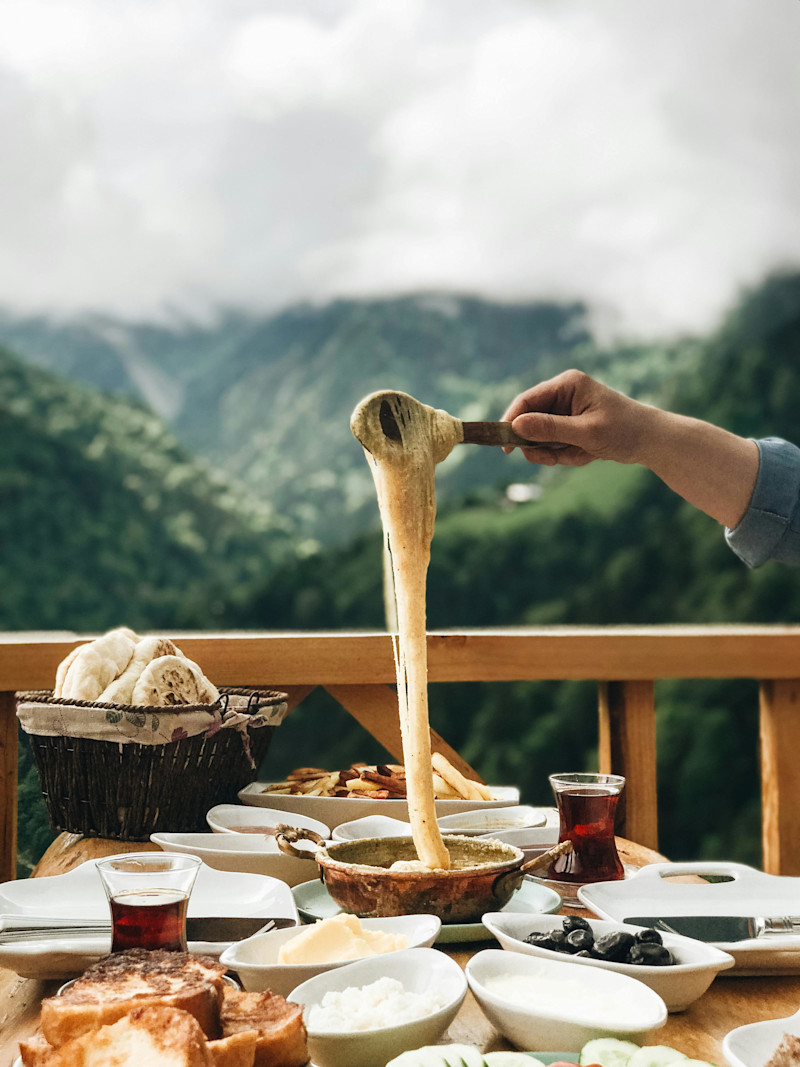
The UK and Ireland have also mastered the art of cheesemaking. England boasts classics like Stilton, a rich, creamy blue cheese; Red Leicester, with its vibrant orange hue and fruity taste; and Wensleydale, known for its smooth texture and slight acidity. Over in Ireland, lush pastures and plentiful rain have given rise to delights like Cashel Blue, a semi-firm cheese with a sweet, creamy taste and gentle tang, and Gubbeen, a semi-soft cheese with creamy, nutty, and earthy notes.
In southern Europe, Spain’s Manchego, made from Manchego sheep’s milk, is a hard cheese with a rich flavour and a crumbly texture, often enjoyed as part of a tapas spread. Meanwhile, Italian cuisine wouldn’t be complete without its iconic cheeses - Mozzarella di Bufala adds creamy decadence; Parmigiano Reggiano offers a bold, salty kick; and Pecorino Romano’s sharpness elevates countless dishes.
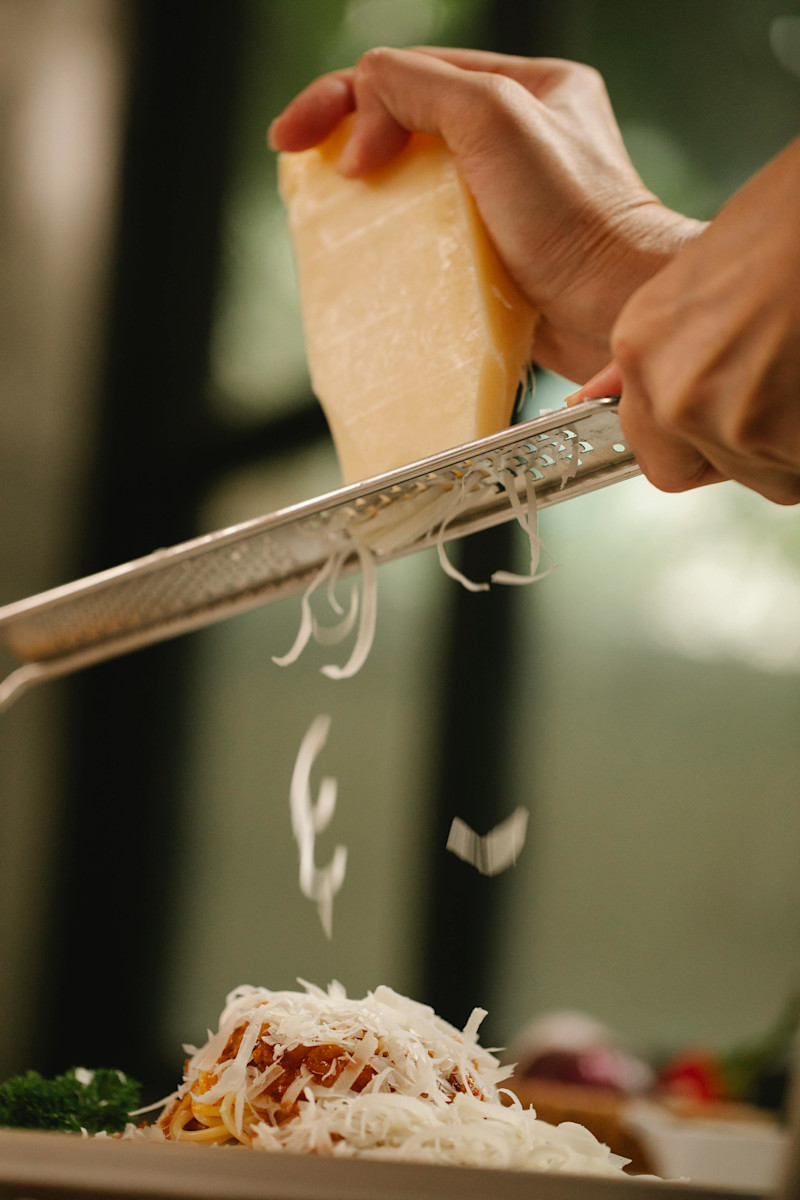
A little closer to home, the Middle East offers a rich selection of traditional cheeses, each with its own unique character. From Palestine, Nablus is a semi-hard, brined goat’s milk cheese, often enhanced with black sesame seeds for added depth. Lebanon’s Baladi, made from a mix of goat, cow, and sheep’s milk, is soft and buttery with a dense texture, while Majdouli, a salty, stringy cheese likely originating in Syria, is often spiced with black cumin and braided into its signature shape.
Overall, cheese isn’t just a food; it’s a global love affair, steeped in history and rich with variety. Every bite, from the tangy Manchego of Spain to the creamy Burrata of Italy, or the savoury Gouda of the Netherlands, tells a story of culture, craftsmanship, and creativity. With countless varieties to explore, each paired perfectly with a crusty baguette or a fine glass of grape, cheese remains one of life’s simplest yet most indulgent pleasures.
For more related updates and to Katch us covering similar topics, watch this space!
Katch our game-changing PR and Communications, Social Media, Branding and Design, Brand Consultancy, Digital Marketing, and Global Communications services to help your brand make noise. Get in touch with our 360-Marketing agency in Dubai, Qatar, Saudi Arabia, and London, and let’s get the conversation started!
